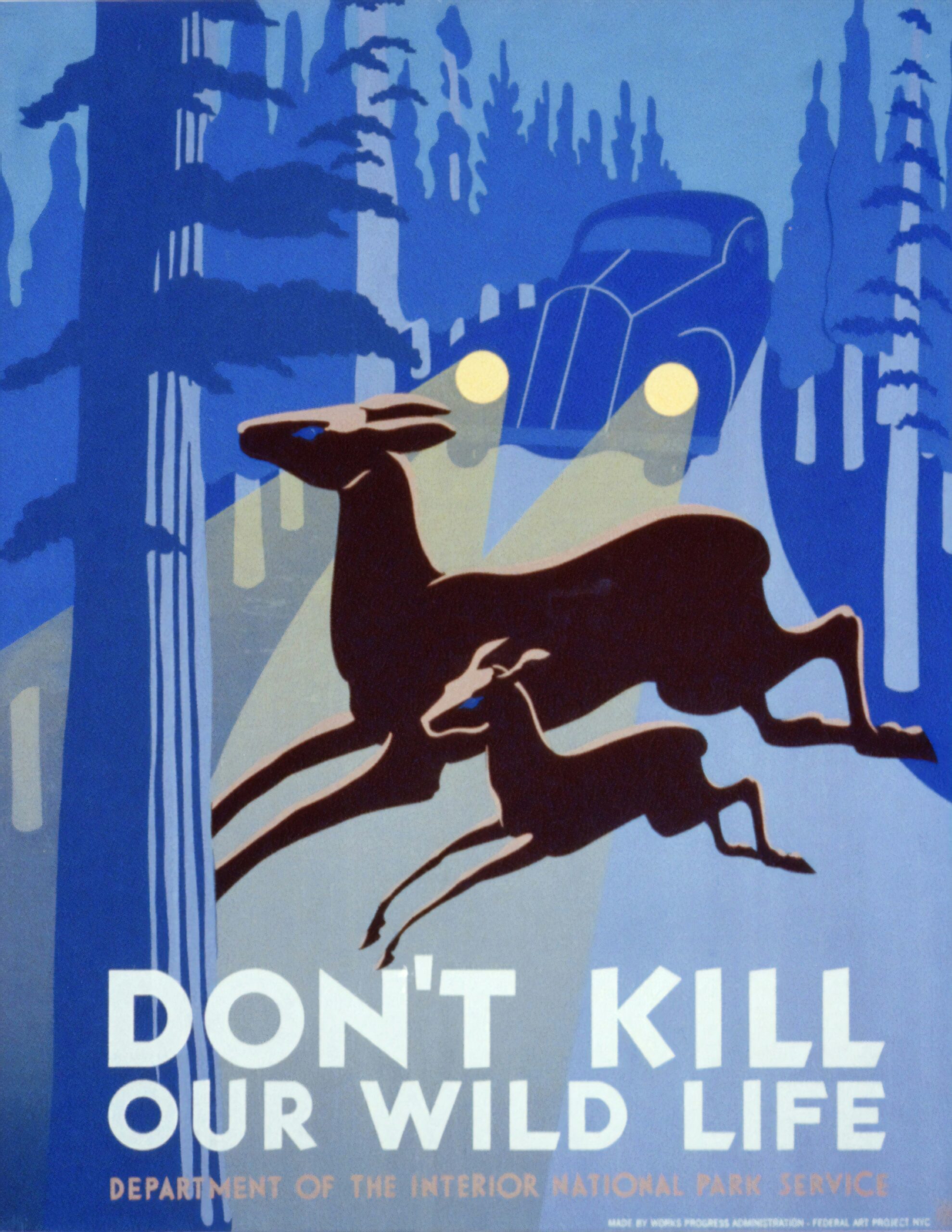Wildlife conservation plays a crucial role in preserving the delicate balance of our ecosystems. With the increasing threats posed by habitat destruction, climate change, and poaching, it has become more important than ever to engage citizens in the effort to protect and preserve our wildlife.
The Role of UI/UX in Wildlife Conservation
User Interface (UI) and User Experience (UX) design are not just limited to the digital world. They can also be powerful tools in wildlife conservation. By leveraging the principles of UI/UX design, conservation organizations can create engaging and interactive experiences that inspire and educate citizens about the importance of wildlife preservation.
UI/UX design focuses on creating intuitive and user-friendly interfaces that enhance the overall experience of using a product or service. In the context of wildlife conservation, this can involve designing interactive websites, mobile apps, or even virtual reality experiences that allow users to explore the natural habitats of endangered species.
Engaging Citizens through UI/UX
One of the key challenges in wildlife conservation is getting people to care about the issue. UI/UX design can help bridge this gap by creating immersive experiences that evoke emotional connections with wildlife. By using visually appealing graphics, captivating storytelling, and interactive elements, UI/UX design can create an emotional bond between users and the animals they are trying to protect.
For example, a wildlife conservation website could use UI/UX design to showcase stunning photographs and videos of endangered species, accompanied by compelling narratives that highlight the threats they face. By providing users with an immersive experience, they are more likely to develop a sense of empathy and a desire to take action.
UI/UX design can also be leveraged to empower citizens to contribute directly to conservation efforts. By creating user-friendly interfaces, conservation organizations can encourage users to participate in citizen science projects, report wildlife sightings, or donate to conservation initiatives. These interactive elements not only make the user feel involved but also provide valuable data and support to conservation efforts.
Creating Educational Experiences
UI/UX design can also be used to create educational experiences that increase awareness and understanding of wildlife conservation. By presenting information in a visually appealing and easy-to-understand manner, UI/UX design can make complex concepts accessible to a wider audience.
For instance, a mobile app could use UI/UX design to present interactive infographics and quizzes that educate users about the importance of biodiversity, the impact of climate change on wildlife, or the role of conservation efforts in preserving ecosystems. By making learning fun and engaging, UI/UX design can inspire users to become more informed and active participants in wildlife conservation.
Collaboration and Innovation
UI/UX design also opens up opportunities for collaboration and innovation in wildlife conservation. By involving designers, developers, and conservation experts, organizations can leverage their collective expertise to create impactful solutions.
For example, UI/UX designers can collaborate with wildlife biologists to develop mobile apps that help track and monitor endangered species. These apps can use GPS technology, image recognition, and data visualization to collect valuable information about wildlife populations and their habitats. This data can then be used to inform conservation strategies and policies.
Conclusion
UI/UX design has the potential to revolutionize the way we engage citizens in wildlife conservation. By creating immersive and interactive experiences, UI/UX design can inspire empathy, educate, and empower users to take action. By leveraging the principles of UI/UX design, we can harness the power of technology to protect and preserve our precious wildlife for future generations.


Leave a Reply